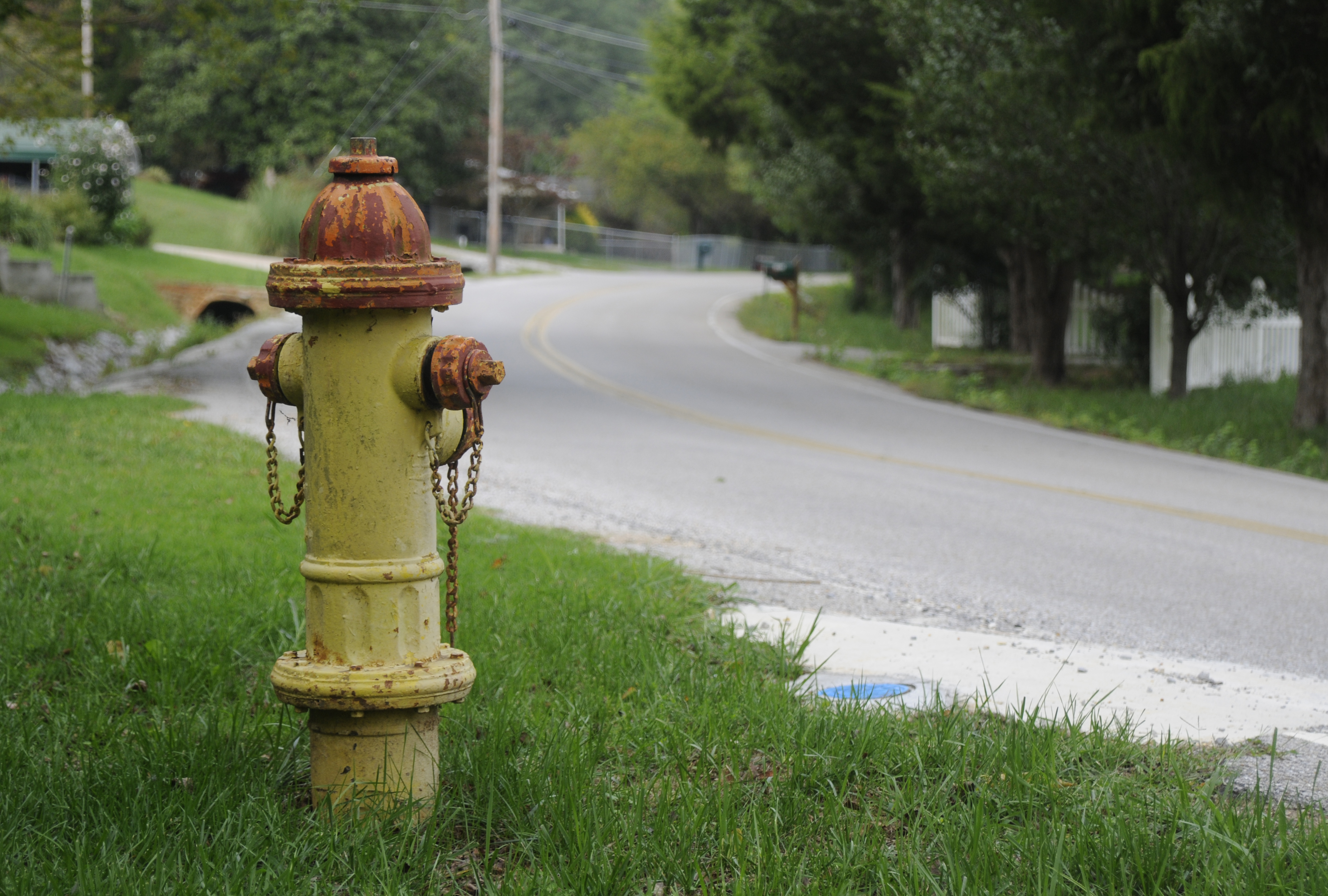Thomas Dobbs keeps five heavy-duty fire extinguishers in his split-level home in a neighborhood off West Boy Scout Road in Hixson.
He's known for at least three years that the Scout Lane house he rents is out of range of the nearest fire hydrant more than 1,500 feet away.
He called Hamilton County personnel even before a house near his cul-de-sac burned a few years ago and asked what it would cost to have a hydrant installed, he said. At the time, he was told each homeowner would have to pay $3,500 toward the cost of installing a hydrant.
"That's a lot of money," Dobbs said.
Dallas Bay Volunteer Fire Department and Rescue Chief Markus Fritts knows Dobbs' neighborhood well. He cringes when he receives fire calls from there because, with no hydrants in the area, he knows the only chance of stopping a blaze is to contain it where it starts, he said.
"When we hear a fire in there, we go as fast as we can," Fritts said.
Since Fritts began with Dallas Bay in 1992, the department has had seven fires in the neighborhoods off West Boy Scout Road and has lost at least two homes, he said.
Fritts now is working with District 3 Hamilton County Commissioner Mitch McClure to put fire hydrants in areas of his district that lack them. McClure has pledged $10,000, or about four fire hydrants a year, from his $100,000 annual discretionary fund.
Twenty to 30 hydrants are necessary to cover long distances between hydrants in the unincorporated areas covered by Fritts' department, including areas near Sequoyah Access Road and on the edge of Middle Valley, Fritts said. County building codes now require a hydrant every 500 feet, but some older homes and those built outside planned subdivisions in Dallas Bay's coverage area are two miles from the nearest hydrant, he said.
"I did not realize that we had so many areas that didn't have fire hydrants," McClure said. "Hopefully, in four or five years, we will have been able to cover these areas."
The fire and rescue department, which serves about 10,000 houses over 34 square miles, receives about $51,000 a year from the county, Fritts said, with about $17,000 of that going toward operations.
Buying and installing all the necessary hydrants would be almost impossible without outside help, he said.
"We can't afford to do that," Fritts said. "Homeowners can't afford to do that."
A fire hydrant requires at least a 6-inch water main to create sufficient flow, said Hixson Utility District General Manager Gene Huffine. That district serves the Dallas Bay coverage area. Some of the neighborhoods now unserved still have only 2-inch mains and would require new water mains to ready them for hydrants, he said.
Scout Lane has adequate mains, Fritts said.
Dallas Bay has three 1,000-gallon tanker trucks, but with three attack lines on a house fire, the water lasts only about 20 minutes, Fritts said.
The department can run a hose up to 3,000 feet, but any distance beyond 2,000 feet requires special equipment to keep up water pressure. Fires on streets such as Scout Lane almost always require backup from other volunteer fire departments, Fritts said.
Three weeks ago, the department contained a kitchen fire on nearby Love Lane, but Fritts doubts firefighters could have saved the house had the grease fire spread.
"The nearest hydrant was probably a mile and a half, two miles away," he said.
